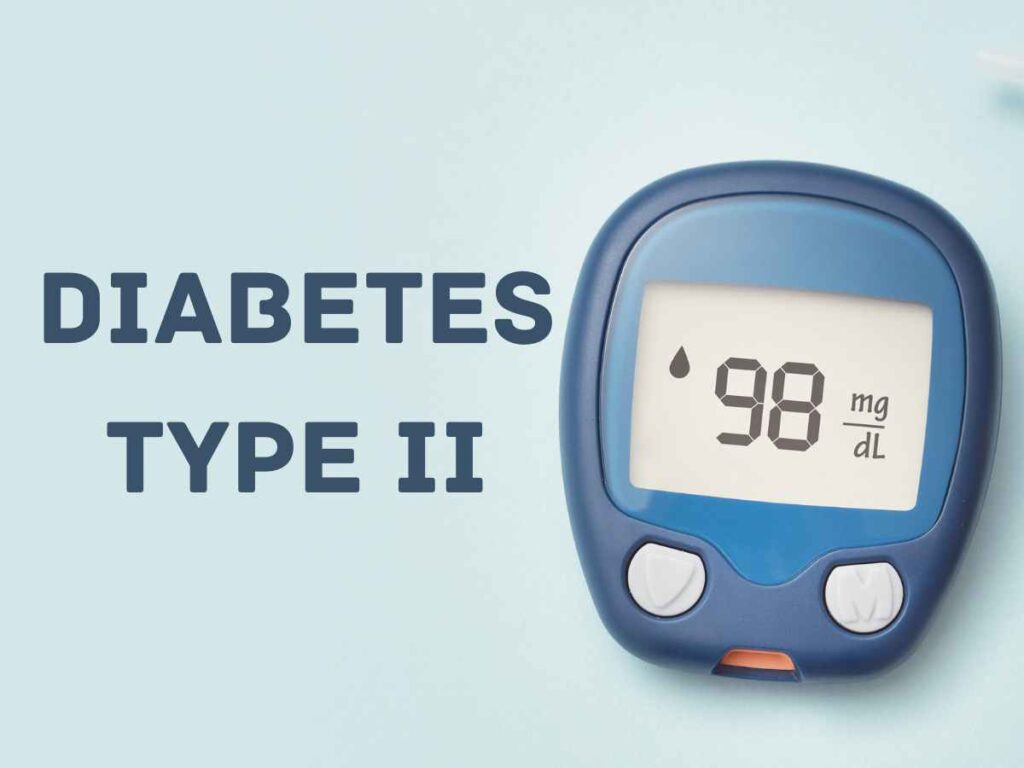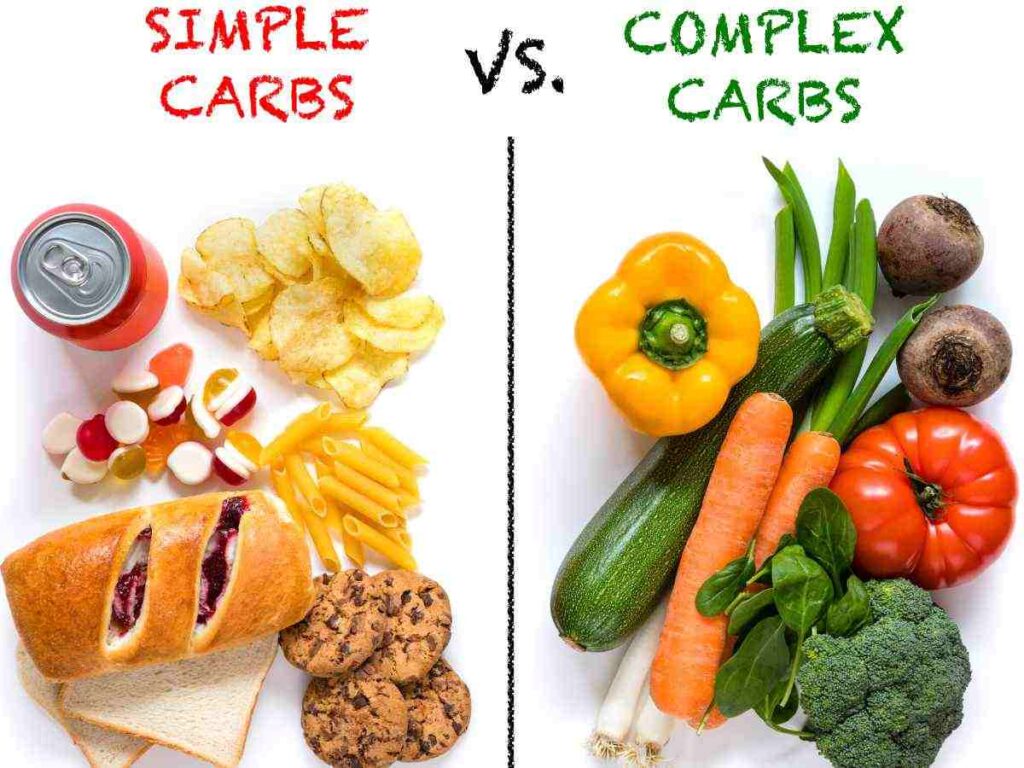Diabetes is chronic, and it is critical to understand how to know if you have. It is a condition in which the body cannot properly regulate blood sugar levels, leading to high glucose levels in the blood. It can cause various complications, including heart disease, kidney disease, blindness, and nerve damage. However, with early detection and proper management, people can live long, healthy lives. Here we will discuss how to know if you have diabetes.

Different Types of Diabetes
Mainly there are 3 different types:
Type 1, Type 2, and Gestational.
Type 1: This is an autoimmune illness in which the immune system assaults and destroys insulin-producing cells in the pancreas. As a result, the body cannot produce insulin, a hormone that regulates blood sugar levels. It develops in children and young adults but can occur at any age.
Type 2: The most common kind, accounting for over 90% of all cases. Type 2 more commonly affects adults, although it can also affect children.
Gestational Diabetes: It occurs during pregnancy and usually goes away after delivery. Such women have a risk of developing this type of diabetes later in life.
What is Type 2 Diabetes?
Type 2 is a chronic illness in which the body develops insulin resistance or does not produce enough insulin to manage blood glucose (sugar).

When people develop type 2 diabetes, their body is unable to use insulin properly to convert glucose from food into energy, resulting in high blood glucose levels. This can lead to major health issues such as heart disease, nerve damage, kidney illness, and blindness over time.
What is Type 2 diabetes often associated with?
Being excessively overweight, lack of exercise, and bad eating habits are frequently connected with type 2 diabetes, while genetics can also play a role. It is usually treated with a mix of lifestyle adjustments (including diet and exercise) and medicine, which may include insulin in some situations.
How do you get diabetes Type 2?
To understand how you get it, it is essential first to understand the symptoms of it. Here are some common symptoms:
- Frequent urination: People with diabetes may need to pass urine more often, especially at night.
- Increased thirst: People may always feel thirsty, even after drinking plenty of fluids.
- Fatigue: People may feel tired and sluggish, even after getting plenty of rest.

- Blurred vision: People may experience blurry vision or have trouble focusing.
- Slow healing of cuts and wounds: People may take longer to heal from cuts and wounds.
- Tingling in the hands or feet: People may experience tingling or numbness in their hands or feet.
- Increased hunger: People may always feel hungry, even after eating a meal.

- Irritability: People may feel irritable or moody.
- Dry skin: People may have dry, itchy skin.
What should a diabetic eat?
A diabetic should aim to eat a balanced and healthy diet that helps maintain stable blood sugar levels. Below are some tips:
- Choose complex carbohydrates: Complex carbohydrates such as whole grains, fruits, vegetables, and legumes provide essential nutrients and are a good source of fiber. They also help maintain steady blood sugar levels.

- Limit simple carbohydrates: Simple carbohydrates such as sugar, candy, and processed foods can cause a spike in blood sugar levels and should be limited.
- Focus on lean proteins: Lean proteins such as poultry, fish, tofu, and legumes are a good source of protein without the added fat.
- Healthy fats: The use of healthy fats such as olive oil, nuts, and seeds should be considered over saturated and trans fats.

- Portion control: Managing portion sizes is important in controlling blood sugar levels. You could hire a dietitian to determine appropriate portion sizes.
- Limit alcohol: Alcohol can cause fluctuations in blood sugar levels and should be limited or avoided.
It’s important for diabetics to work with a registered dietitian or healthcare provider to create an individualized meal plan that meets their unique needs and helps manage blood sugar levels.
Can diabetes go away?
The treatment is determined by the type and severity of the disease. The goal of treatment is to maintain appropriate blood sugar levels and to prevent or manage problems.
Type 2 diabetes is managed with lifestyle modifications such as a nutritious diet, exercising regularly, and decreasing weight as needed. Some persons with type 2 may additionally require medicine or insulin to keep their blood sugar levels under control.
So can diabetes go away?

While type 2 cannot be cured or eliminated, it can be managed to the point where a person’s blood sugar levels are within a normal range, and they no longer require medication or insulin.
- Lifestyle changes: The initial line of treatment is usually a change in lifestyle, such as decreasing weight, exercising consistently, and eating a nutritious diet. These lifestyle adjustments can enhance insulin sensitivity, allowing the body to utilize insulin more effectively and manage blood sugar levels.
- Trying to achieve a healthy body weight: Weight loss is important in the treatment of type 2 diabetes. Losing 5-10% of body weight has been found in studies to improve blood sugar control and reduce the requirement for medication or insulin. Losing weight can also lower the risk of type 2 complications.
- Include regular exercise in your routine: Exercise is also essential in the treatment of type 2 diabetes. Exercise decreases blood sugar levels and increases insulin sensitivity, allowing the body to better utilize insulin. It also aids in weight loss and may reduce the occurrence. Every week, people with type 2 should follow at least 150 minutes of moderate-intensity exercise.

- Adopt a healthy diet: Adopting a nutritious diet is very important in the management of type 2 diabetes. A nutritious diet should include entire, nutrient-dense foods such as fruits, vegetables, whole grains, lean meats, and healthy fats. Additionally, simple carbohydrates such as sugar, candy, and processed foods can induce a surge in blood sugar levels.
- Check for any need for medications: Medication or insulin therapy, in addition to lifestyle adjustments, may be required to control. Metformin, for example, can help improve insulin sensitivity and lower blood sugar levels. In some circumstances, insulin therapy may be required to control blood sugar levels.
While type 2 can be managed with lifestyle modifications and medicine, it’s crucial to remember that the condition still remains, and complications are always a possibility. As a result, persons with type 2 must regularly monitor their blood sugar levels, maintain a healthy lifestyle, and work with their healthcare practitioner to control their disease.

Prevention of Diabetes
Below are some ways in which you can prevent diabetes:
- Keep a healthy weight: Being overweight or obese can be dangerous. Maintaining a healthy weight with a nutritious diet and frequent exercise might lower your risk.

- Eat a healthy diet: Eating a healthy, balanced low sugar diet can help reduce your risk of developing diabetes.
- Get regular exercise: This can help reduce blood sugar levels.
- Avoid smoking: Smoking increases your risk of developing diabetes and other health problems such as heart disease and cancer.

- Get regular check-ups: Regular check-ups and screenings can help detect it early when it is easier to manage.
Conclusion
To summarize, diabetes is a chronic condition that affects millions of people globally, and it is critical to learn how to tell whether you have diabetes. Its symptoms can vary, but common ones include frequent urination, increased thirst, exhaustion, and sluggish wound and cut healing.
Furthermore, you may lower your chance of having diabetes by maintaining a healthy weight, eating a balanced diet, getting regular exercise, avoiding smoking, and obtaining frequent check-ups and screenings. You can lower your risk of having diabetes and enjoy a long, healthy life by taking these actions.
- How Much Salt Can Kill You - May 8, 2023
- Type 2 Diabetes: Know If You Have - May 3, 2023
